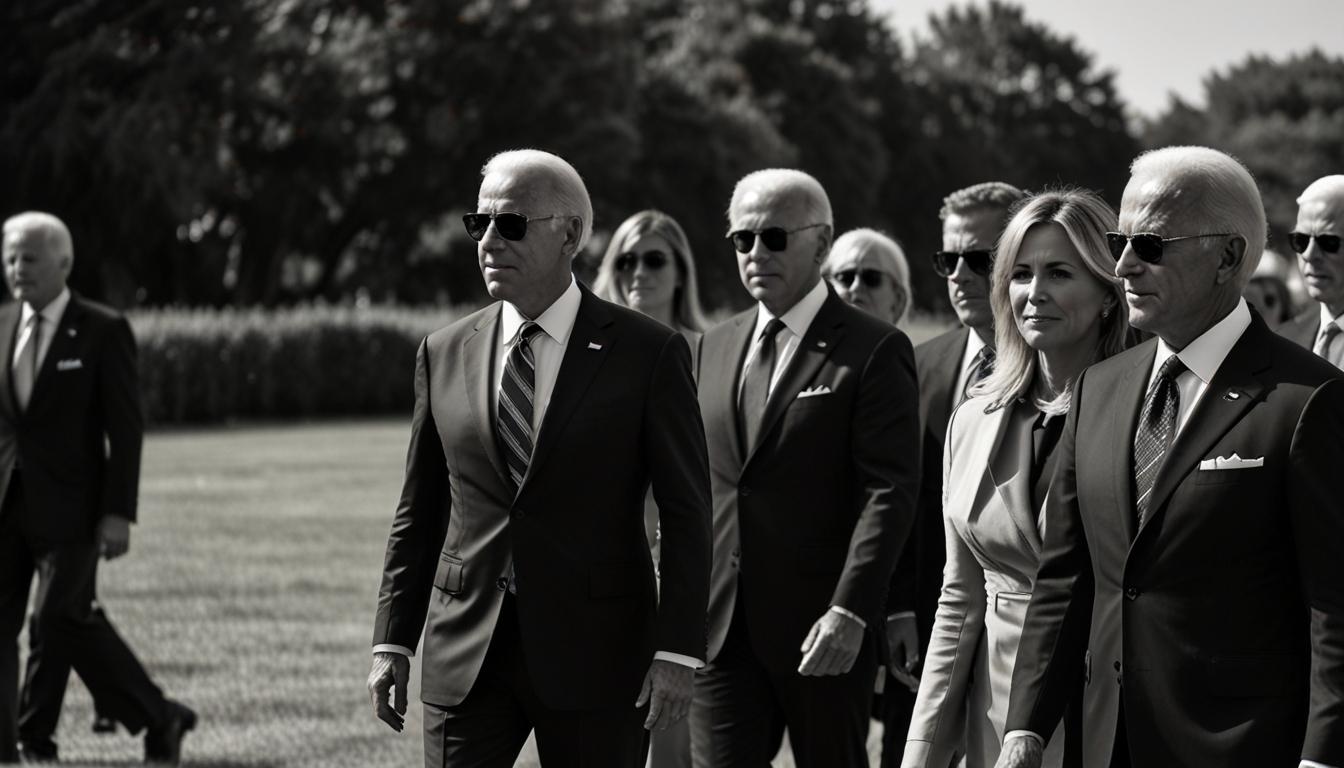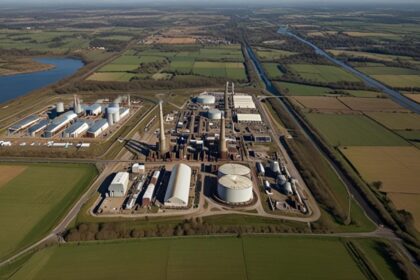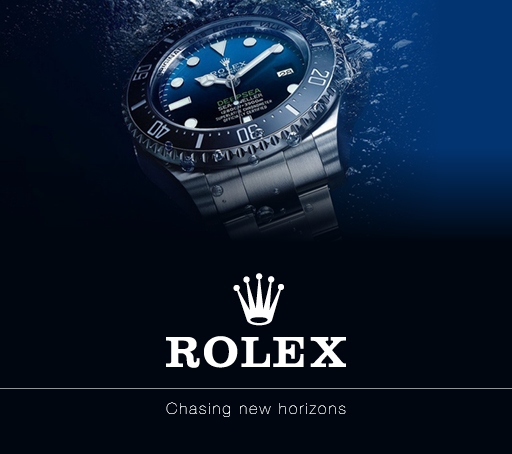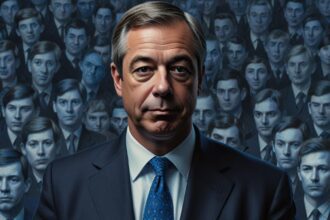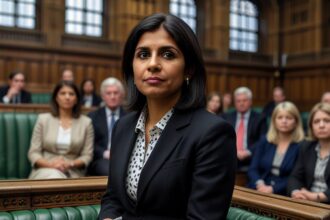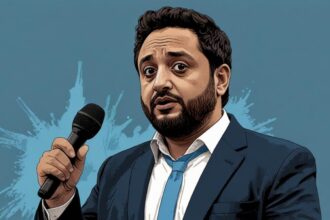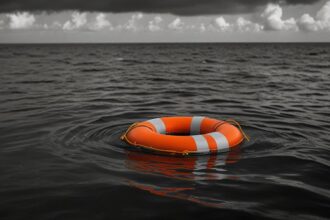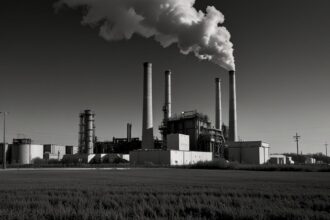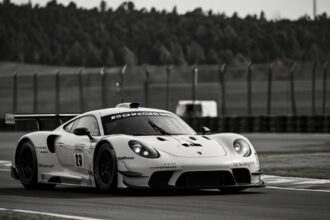Italian PM Giorgia Meloni hosted the G7 Summit in Apulia, gathering world leaders and Pope Francis. The event highlighted Meloni’s leadership in managing proceedings and featured discussions on key global issues.
The G7 summit hosted by Italian Prime Minister Giorgia Meloni took place in Italy’s Apulia region, bringing together leaders of the world’s major industrial nations as well as figures such as Pope Francis. This event marked the second visit of U.S. President Joe Biden to Europe within a week.
On Friday, Biden commenced a series of meetings by seeking clarification from Meloni that photographers at a photo-op were “just taking pictures,” confirming no remarks or questions were planned. This interaction highlighted Meloni’s role in managing the summit proceedings and Biden’s carefully curated engagements with the press.
Meloni showcased her attentiveness to public relations throughout the summit. During a parachute demonstration on Thursday, she guided Biden back into a group photo after he wandered off, displaying her proactive approach to maintaining photo opportunities. She also welcomed each leader individually to a “family photo” session, including guiding Pope Francis upon his arrival.
Meloni’s leadership was underscored by her recent electoral success in the European Parliament elections, which saw her party gain significant seats, affecting the reallocation of Europe’s top institutions.
Pope Francis, the first religious leader to attend the G7, addressed the summit on topics including artificial intelligence, underscoring its ethical implications. His presence was emblematic, coming from a series of meetings with global comedians at the Vatican to engaging with world leaders in Apulia.
During the summit, discussions ranged from ongoing support for Ukraine amidst its conflict to broader issues like artificial intelligence governance. Despite tensions, particularly around sensitive topics such as abortion and Ukraine support, the event was a platform for significant global discourse and strategic alignment.
Key figures such as Britain’s Prime Minister Rishi Sunak and Biden had limited but structured interactions with the press, emphasizing a tight control over media engagement at the summit.


